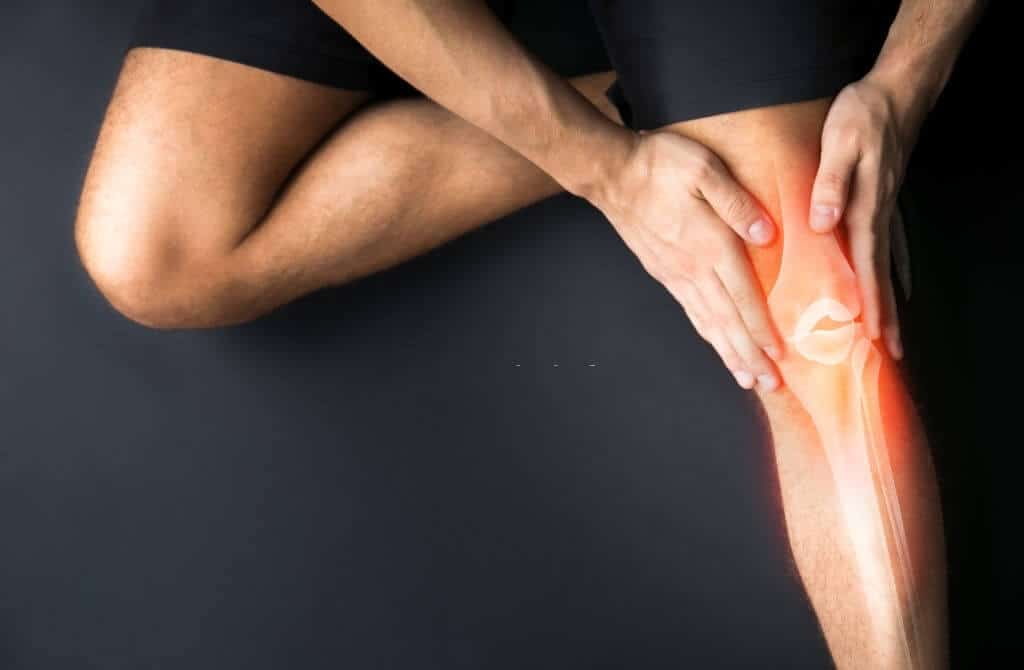The Most Common Exercise Injuries
This entry was posted on June 28, 2020.

Exercise is a beneficial activity that gives long-term benefits to overall health and longevity. Yet, it can also be a potential source of pain and injury. In fact, it has been reported that most sports-related emergency-room visits come from strains and sprains, which are also the most common exercise injuries.
Notably, Harvard Men’s Health Watch also reported that “a study of 6,313 adults who exercised regularly found that 21 percent developed an exercise-related injury during the course of a year. Two-thirds involved the legs; the knee was the most frequently injured joint”. Exercise injuries, though part and parcel of any type of exercise, should be learned so that it can be managed with prevention and proper treatment. Fitness Expo will help you learn more about exercise injuries.
Exercise Injuries Qualified and Defined
Exercise is defined as a type of physical activity that is planned, repetitive, and designed to improve or maintain at least one of the health-related components of physical fitness. It is often used with “physical training” because they share the same goal: physical fitness. Understanding this will conceptualize its effect on the body and the injuries it can cause.
The health-related components of physical fitness are:
- Cardiorespiratory endurance
- Muscle endurance
- Strength
- Flexibility
- Body Composition
Musculoskeletal Injuries related to exercise can be categorized into two:
- Traumatic (acute) injuries like sprains and fractures
- Overuse injuries like tendinitis, bursitis, and stress fractures
Common Exercise Injuries
People who do vigorous exercise, intensive training, and competitive sports are more prone to experiencing more exercise injuries. Those who have sedentary lifestyles and those who participate in moderate types of exercise can care less.
Sprains
These are exercise injuries targeting the ligament which is a strong band of connective tissue that connects the end bone with another. The three degrees of a sprain according to severity are:
- First-degree sprains – the ligament is stretched
- Second-degree sprains – fibers are torn
- Third-degree sprains – most or all of the fibers are torn
During exercise, the areas of the body most vulnerable to sprain are the ankles, knees, and wrists. Any single-leg exercise and running on a treadmill and on uneven terrain can cause a sprain in the ankle when the foot turns inward, and the joint rolls too far, tearing the outer ligaments.
Strains
These are exercise injuries to a muscle and/or tendons which are fibrous cords of tissue that attach muscles to bone. Muscle strains can be felt in different areas of the body depending on the intensity and type of exercise. It can involve either a simple stretch of your muscle or tendon or a partial or complete tear. Symptoms include:
- Pain
- Muscle spasm
- Muscle weakness
- Swelling
- Inflammation
- Cramping
The most likely exercise injury is a strained back especially for individuals who exercise hard and fast after prolonged sitting at work, which gives them weak back muscles. Doing squats or deadlifts with improper form can also cause low back strains. On the other hand, strain in the shoulders is often caused by overuse, excessive weight progression, improper form, and poor exercise techniques.
Tendinitis
It is an inflammation or irritation of a tendon or the sheath which covers the tendon. Depending on the intensity and frequency of the exercise, individuals are prone to tendinitis in their shoulders, elbows, knees, and ankles. Poor conditioning before exercise can pose a risk to tendinitis.
Achilles tendinitis
The largest and the most often injured tendon in the body is located in the ankle, the Achilles tendon. When it is inflamed from repeated stress in running and jumping, the condition is called Achilles tendinitis.
Lateral epicondylitis or “tennis elbow”
Weightlifting can also cause workout injuries. It can irritate the tendon when it is done improperly, especially when “performing an exaggerated wrist flexion at the end of a bicep curl, lat pulldown, or seated row”.
Patellar tendinitis
This exercise injury is caused by an irritation underneath the kneecap. It is an addition to work out injuries common in weightlifting using too much weight or doing too many repetitions. It is also called knee patellofemoral syndrome or “runner’s knee” because runners are prone to suffer from it when running in hillier routes where downhills build stress to the patellar tendon.
Treatment and Healing for Exercise Injuries
The most common and used initial treatment to exercise injuries is R.I.C.E (Rest, Ice, Compression, and Elevation) Resting will give your injured muscles and tissues time to heal. The latter three will reduce swelling, inflammation, and pain. For mild injuries, this treatment alone will work at home. But for more severe types of injury, medical supervision is needed.
Healing will take several days, depending on the severity of your injury. As a rule of thumb from Harvard Health, for sufficient exercise injury rehabilitation, “give yourself two days of rehab for each day of inactivity due to injury.” Don’t rush — ease your way slowly back into your regular exercise routine and do not stop exercising.





